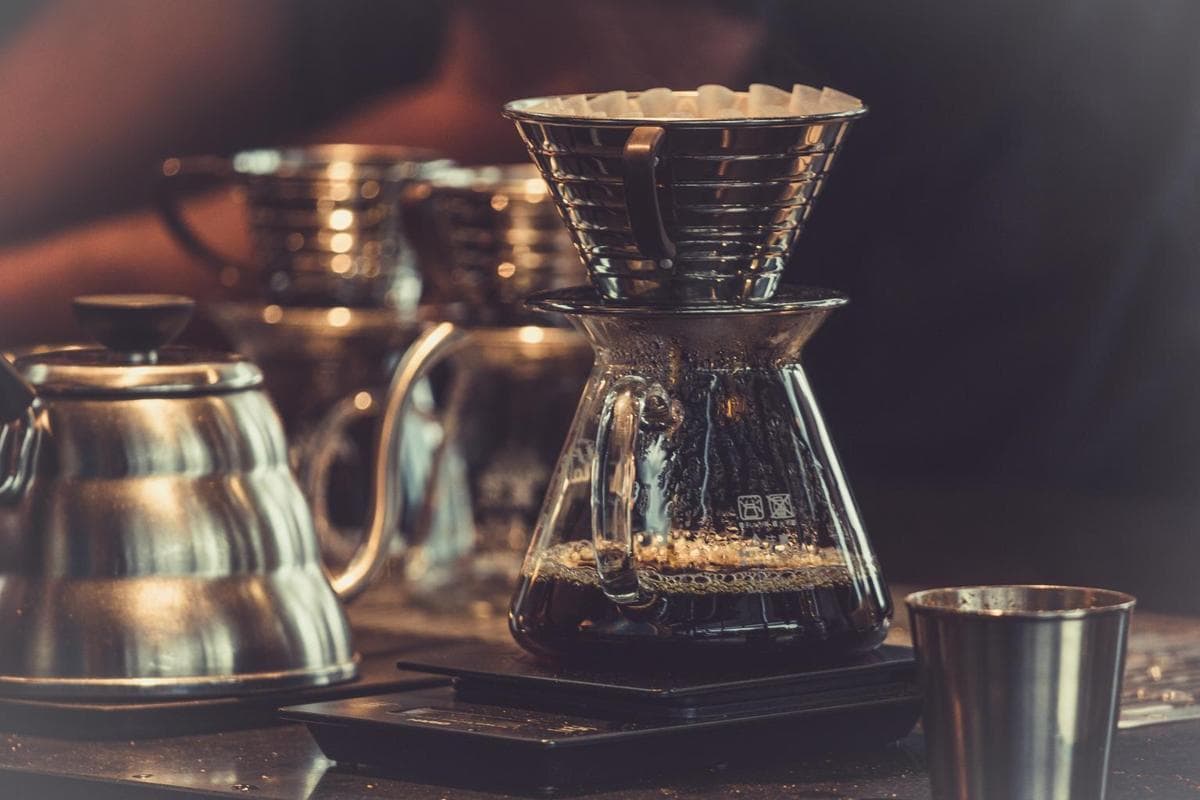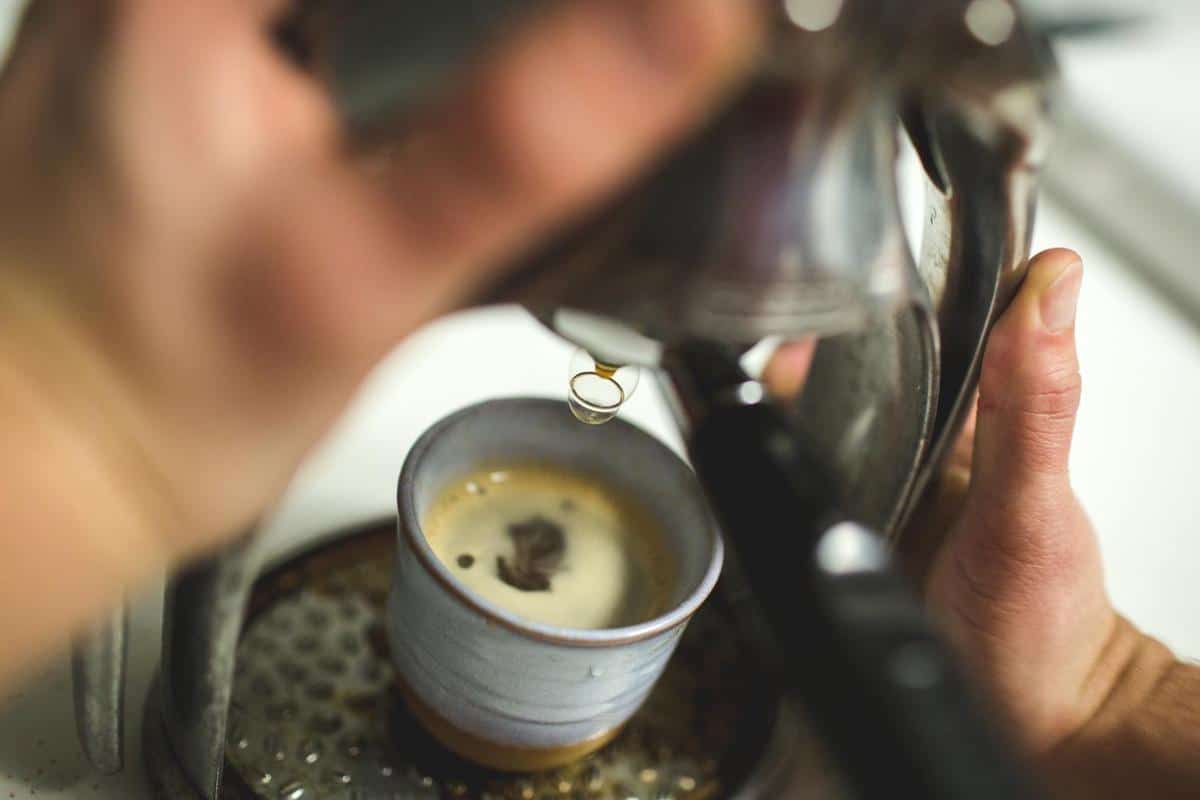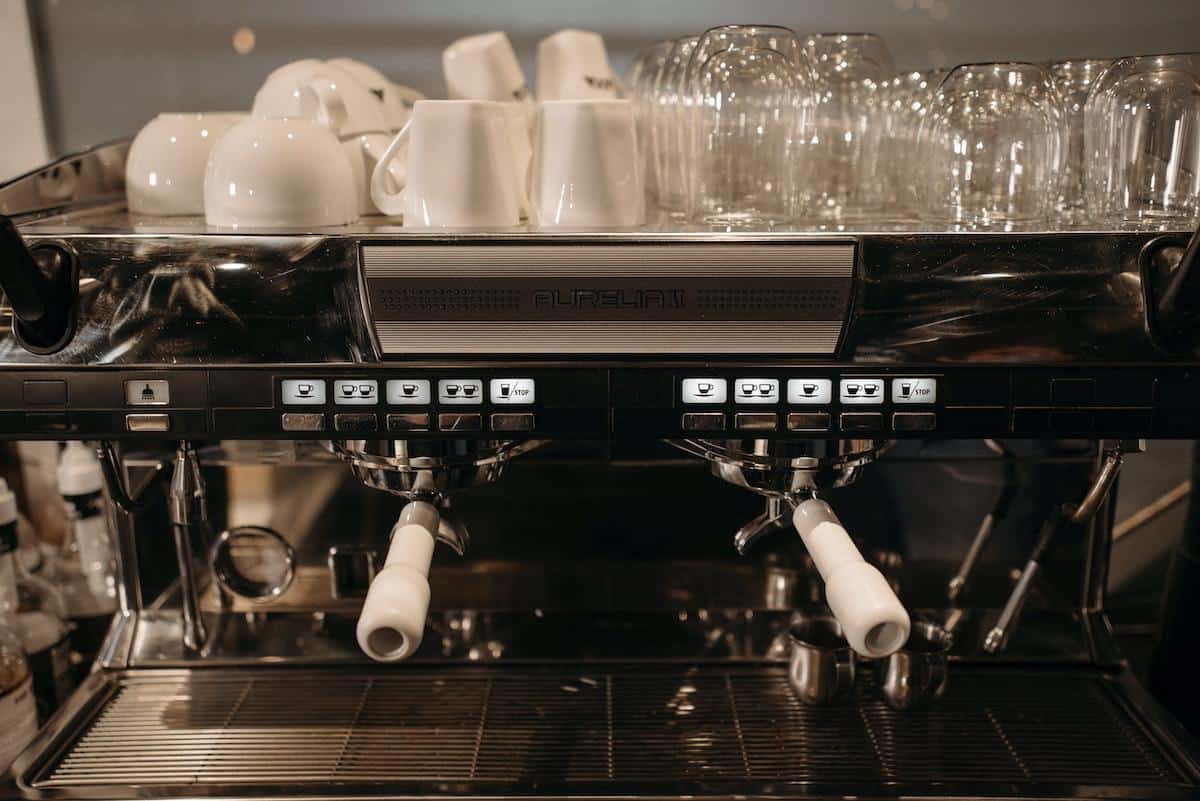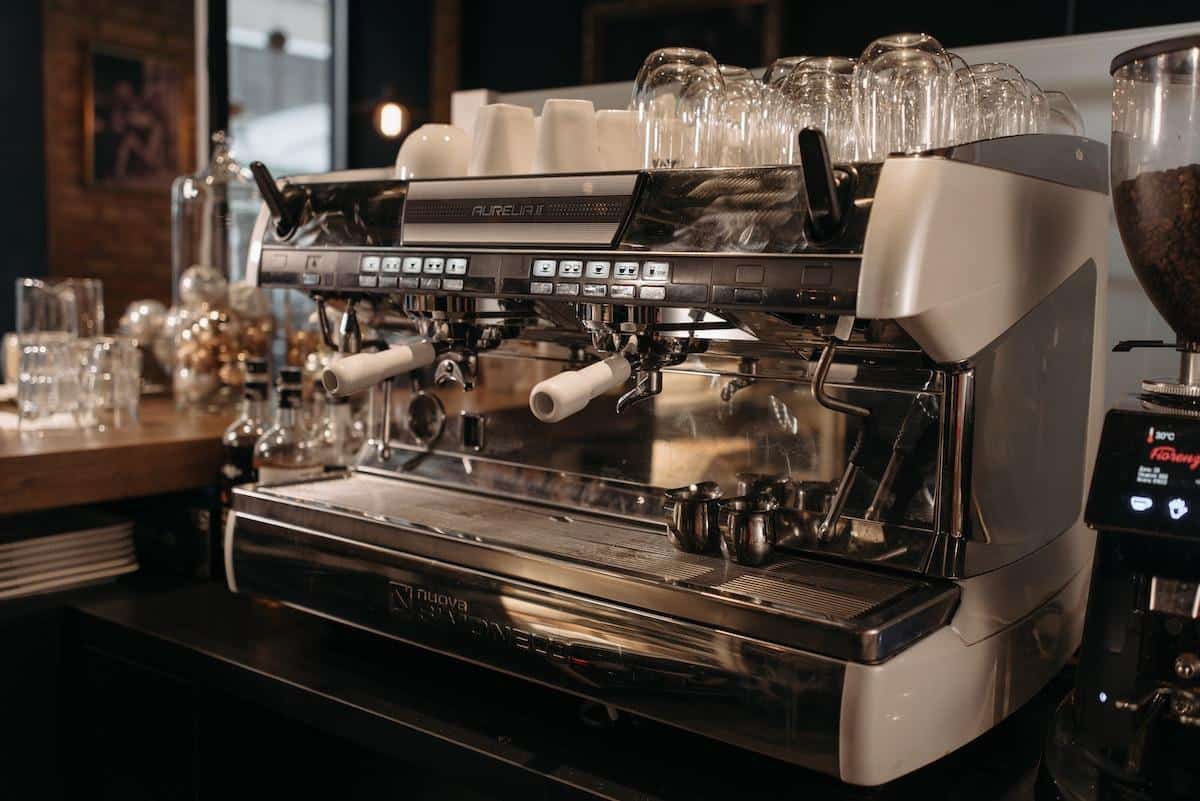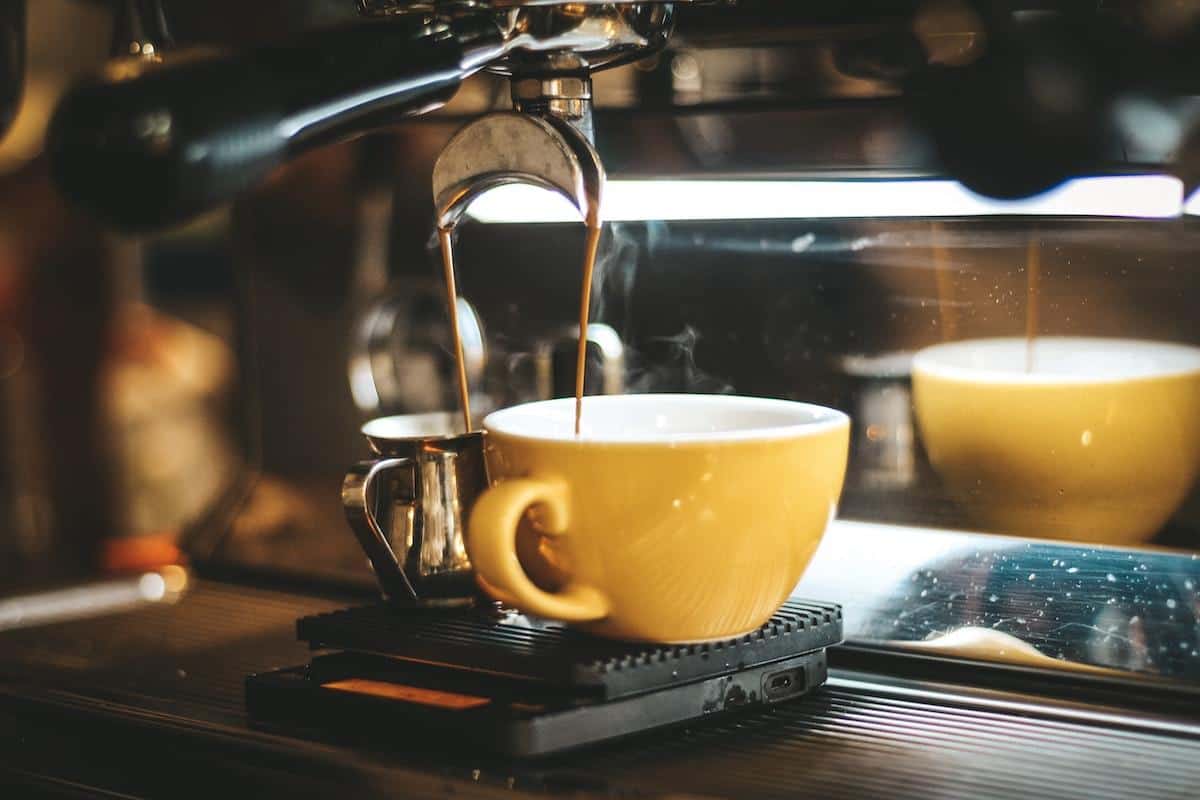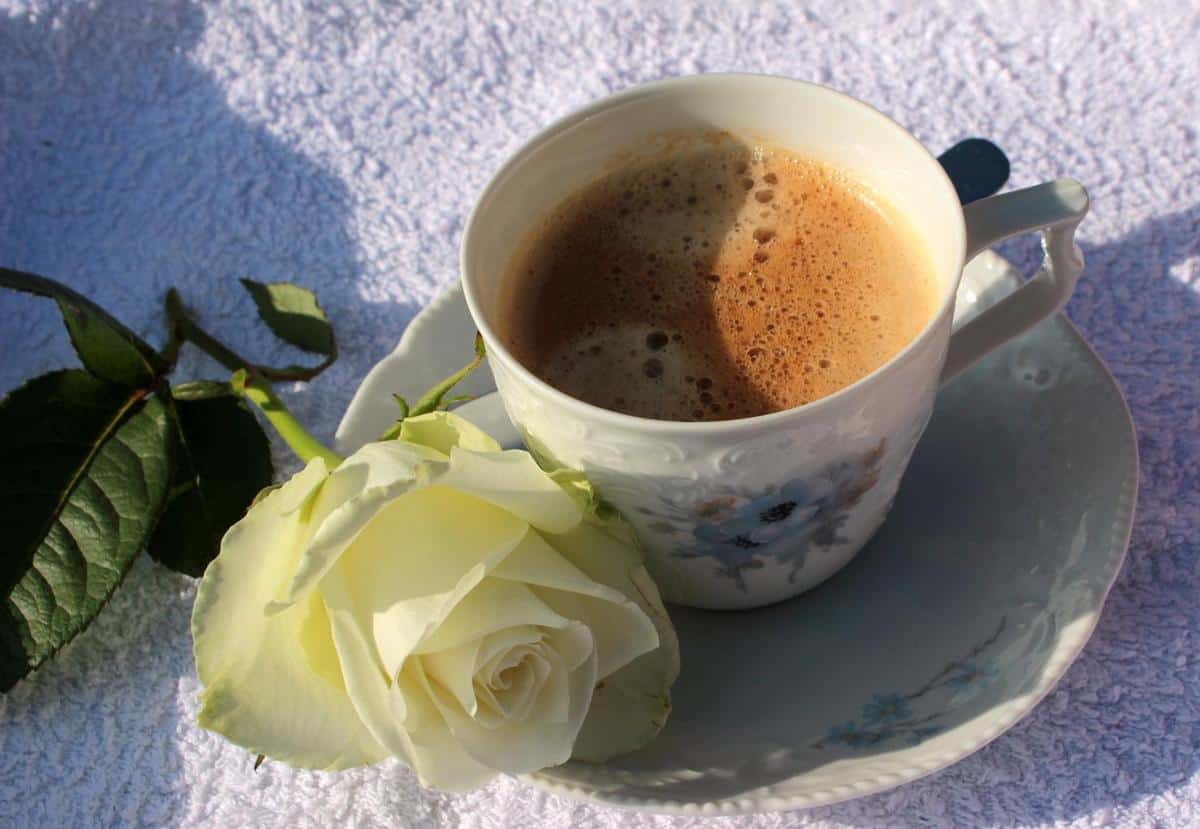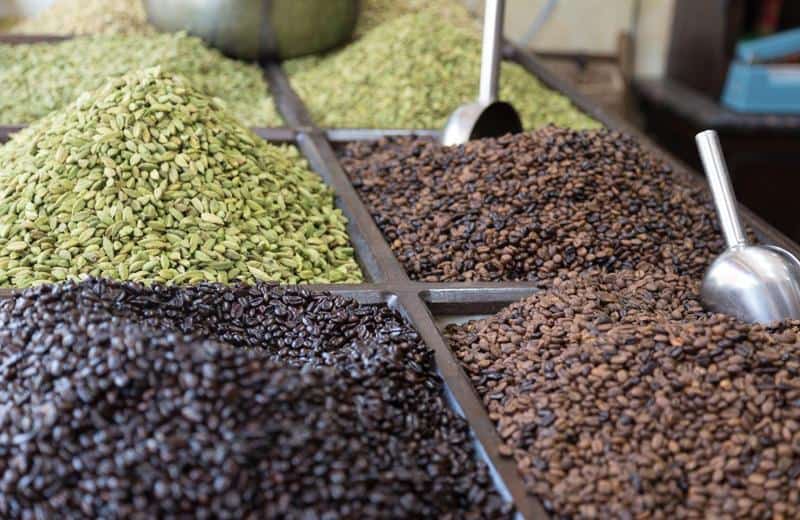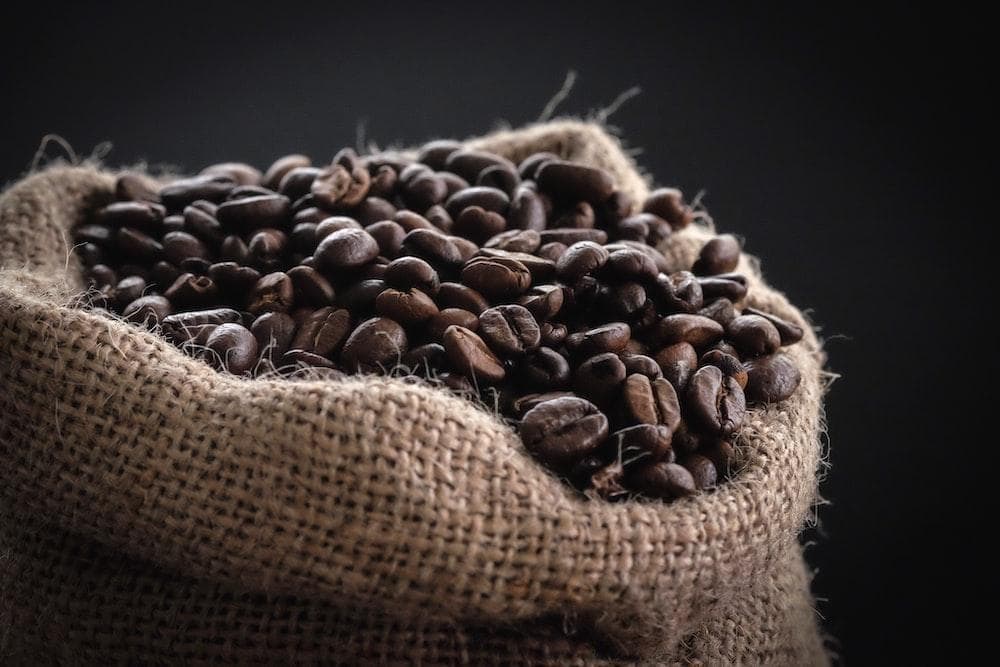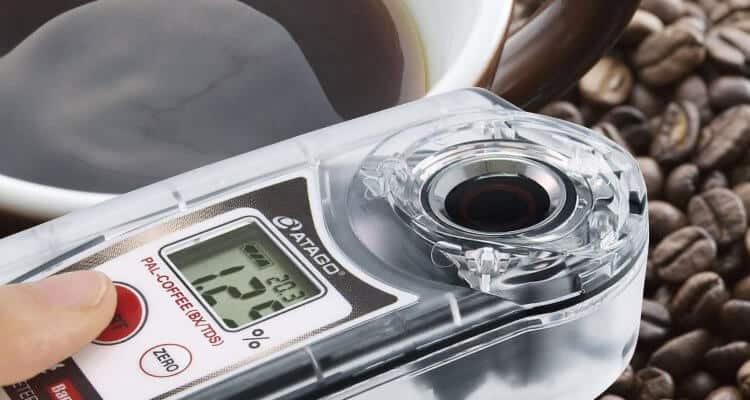Coffee brewing is an art that involves a delicate balance of factors, one of which is time. The amount of time it takes to brew coffee can greatly affect the flavor, aroma, and overall quality of the final cup.
In this article, we will explore just how long does it take to brew coffee to produce that perfect cup of coffee and delve into the various methods and variables that influence brew time. Whether you prefer a quick caffeine fix or savor every sip with a slow pour-over, understanding how time impacts your coffee can help you achieve the desired flavor profile.
Before we dive into specific brewing methods and their respective brew times, let’s take a moment to appreciate the significance of time in coffee brewing. Time plays a crucial role in extracting desirable flavors from coffee beans.
Depending on the chosen brewing method and personal taste preferences, different amounts of time are required for optimal flavor extraction. By adjusting variables such as grind size, water temperature, and coffee-to-water ratio, coffee enthusiasts can manipulate brew time to achieve their desired strength, acidity level, and complexity.
In the sections that follow, we will examine various brewing methods along with their corresponding average brew times and factors that can impact them. We will start with drip coffee makers – perfect for those who prioritize efficiency – before delving into French press brewing, pour-over techniques, espresso extraction, cold brew patience, and even instant coffee convenience.
Along the way, we will provide tips on how to optimize brew time for your desired flavor profile and encourage you to experiment with different variables to find your perfect cup.
The journey towards brewing the perfect cup of coffee is intrinsically tied to time. From brisk drip machines to patient cold steeping processes, each method brings its unique set of challenges and rewards when it comes to achieving your desired flavor profile. So grab a fresh batch of beans and join us as we explore the connection between time and that heavenly morning ritual we all know and love – brewing the perfect cup of coffee.
Understanding the Variables Affecting Brew Time
In order to brew the perfect cup of coffee, it is crucial to understand the variables that affect brew time. Several factors contribute to how long it takes for coffee to be brewed, and each variable plays a role in achieving a desired flavor profile. By having a comprehensive understanding of these variables, coffee enthusiasts can make informed choices when it comes to selecting brewing methods and optimizing brew time.
- Temperature: One of the key variables that affect brew time is temperature. The ideal temperature for brewing coffee ranges between 195°F to 205°F (90°C to 96°C). If the water is too hot or too cold, it can impact both extraction and flavor. Hotter water tends to extract more quickly but can potentially lead to over-extraction and bitterness, while cooler water may result in under-extraction and weak flavors.
- Grind Size: Another important variable in determining brew time is grind size. The size of coffee grounds affects surface area contact with water, which influences extraction speed. Finer grinds have more surface area exposed to water, resulting in faster extraction compared to coarser grinds. For example, espresso requires a fine grind due to its short extraction time, whereas pour-over methods typically utilize medium-fine grinds.
- Brewing Method: Different brewing methods also have varying impacts on brew time. For instance, drip coffee makers are known for their relatively quick brewing process due to their efficiency in heating water and extracting coffee flavors simultaneously. On the other end of the spectrum, French press brewing requires a longer steeping time for optimal flavor extraction.
- Coffee-to-Water Ratio: The ratio of coffee grounds to water is another significant factor affecting brew time. A higher ratio means more coffee grounds per unit of water, leading to slower extraction as there are more particles for water molecules to interact with. Conversely, a lower ratio will result in faster extraction but may lead to weaker flavors. Achieving the right balance in coffee-to-water ratio is key to controlling brew time and flavor intensity.
By understanding and manipulating these variables, coffee enthusiasts can gain more control over their brewing process and achieve the desired flavor profile. The next sections of this blog post will delve into various brewing methods and explore how different variables affect brew time and taste. Whether you prefer a quick cup of drip coffee or enjoy the slow pour-over method, understanding the variables at play will help you optimize your brew time for that perfect cup of coffee.
Drip Coffee Makers
Drip coffee makers are a popular choice for many coffee lovers due to their convenience and efficiency. These machines work by pouring hot water over a bed of coffee grounds, allowing gravity to pull the brewed coffee through a filter into a carafe below. The average brewing time for drip coffee makers is typically around 5 to 8 minutes.
There are several factors that can affect the brew time when using a drip coffee maker. One of the most important variables is the temperature of the water used.
Ideally, the water should be heated between 195°F and 205°F (90°C to 96°C). Water that is too hot can over-extract the flavors from the coffee, resulting in a bitter taste, while water that is not hot enough may result in under-extracted flavors and a weak cup of coffee.
Another factor that can impact brew time is the size of the grind. For drip coffee makers, a medium grind size is generally recommended. If the grind is too fine, it can slow down the extraction process and lead to over-extraction. On the other hand, if the grind is too coarse, it can result in under-extracted flavors and weaker coffee.
The brewing method itself also plays a role in determining brew time. Different machines may have different flow rates, which can affect how quickly or slowly water passes through the ground coffee. Additionally, adjusting the coffee-to-water ratio can also impact brew time and flavor intensity. Experimenting with these variables allows you to customize your brewing process according to your taste preferences.
In order to optimize brew time and achieve a well-balanced cup of joe with a drip coffee maker, here are some tips:
- Use filtered water: This eliminates any impurities that may alter the flavor of your brewed coffee and helps maintain optimal brewing temperature.
- Preheat your equipment: Heating up your machine beforehand ensures consistent heat distribution, resulting in a more efficient brewing process.
- Follow the manufacturer’s instructions: Each drip coffee maker may have specific guidelines for water and coffee ratios, as well as brewing times. Adhering to these instructions can help you achieve the intended flavor profile.
- Clean your machine regularly: Regular maintenance, such as descaling and cleaning the coffee maker, ensures proper functioning and can prevent any clogs or blockages that may affect brew time.
By following these tips and understanding the variables that influence brew time, you can make the most of your drip coffee maker and enjoy a flavorful cup of coffee in no time.
French Press Brewing
The French press brewing method is known for its simplicity and ability to produce bold, flavorful coffee. However, one key consideration when using a French press is the tradeoff between time and taste. Unlike other brewing methods where water passes through the coffee quickly, the French press requires a longer steeping time to extract the desired flavors.
To achieve optimal flavor extraction with a French press, it is recommended to let the coffee steep for about 4-5 minutes. This allows the water to fully saturate the coffee grinds and extract their oils and flavors. Steeping for too short a time may result in under-extracted coffee that lacks depth and complexity, while steeping for too long can lead to over-extraction and bitterness.
It’s important to note that brew time can also be influenced by factors such as grind size and water temperature. A coarser grind will require a longer steeping time due to its larger surface area, while a finer grind may require less time. Additionally, lower water temperatures will necessitate longer steeping times to compensate for reduced extraction efficiency.
Recommended Steeping Times for Different Coffee Grinds
| Grind Size | Steeping Time |
|---|---|
| Coarse | 4-5 minutes |
| Medium | 3-4 minutes |
| Fine | 2-3 minutes |
For those who prefer weaker or stronger coffee, adjusting the steeping time can help achieve desired flavor profiles. Shortening the steeping time slightly will result in a milder taste, while increasing it can yield a stronger, bolder cup. It’s recommended to experiment with different steeping times and taste the coffee throughout the process to find the perfect balance.
Pour-Over Brewing
Pour-over brewing is a method of coffee preparation that involves pouring hot water over coffee grounds in a slow and controlled manner. This technique allows for the extraction of flavors in a precise and deliberate way, resulting in a clean and well-balanced cup of coffee. While pour-over brewing may take longer than other methods, many coffee enthusiasts appreciate the careful attention to detail and the ability to customize the flavor profile.
The Step-by-Step Process
To begin the pour-over brewing process, you will need a few essential tools – a gooseneck kettle, a dripper (such as a Chemex or Hario V60), filter paper, freshly roasted and ground coffee beans, and a carafe or mug.
Firstly, preheat your equipment by rinsing the filter paper with hot water. This helps to remove any papery taste and also warms up the dripper. Discard this water from the carafe/mug once done.
Next, place the dripper on top of the carafe/mug and add the desired amount of coffee grounds into it. The appropriate grind size for pour-over brewing is medium-fine, resembling granulated sugar.
Now it’s time to start pouring. Begin by saturating the coffee grounds with just enough water to wet them evenly. Allow this “bloom” phase to last for around 30 seconds. During this time, carbon dioxide is released from fresh ground coffee which creates foamy bubbles on top – an indication of freshness.
After blooming, gradually pour hot water onto the grounds in circular motions, starting from the center and moving outwards in steady spirals. Aim to maintain a constant flow rate while avoiding pouring directly onto the sides of the filter paper. Allow for short pauses between each pour to ensure proper saturation.
Continue pouring until you have reached your desired brew volume. The entire process should take around 2 to 4 minutes, depending on the quantity of coffee brewed and personal preference.
The Impact on Flavor
One of the main advantages of pour-over brewing is the level of control it allows over the brewing process. The slow and steady approach allows for a gentle extraction that brings out nuanced flavors in the coffee. By adjusting variables such as water temperature, pour rate, and grind size, you can fine-tune your brew to achieve different flavor profiles.
The longer brew time in pour-over brewing can result in a cleaner cup of coffee with a lighter body compared to other methods. This extraction method tends to highlight floral notes, fruity acidity, and delicate flavors present in the beans. Additionally, because pour-over brewing relies on gravity rather than pressure, it produces less sediment and gives you better clarity in your cup.
The Benefits of Patience
While it may seem like a more time-consuming method compared to others, pour-over brewing offers several benefits that make it an appealing choice for coffee enthusiasts. Firstly, the slow and deliberate pouring technique allows you to be fully present during the brewing process – which can be seen as a peaceful and meditative experience for some. It encourages mindfulness and allows you to appreciate each step involved while honing your barista skills.
Furthermore, pour-over brewing gives you full control over each variable – from water temperature to grind size – enabling you to experiment with different settings until you find your preferred flavor profile. This level of customization is highly valued by those who seek a unique and personalized coffee experience.
Espresso
When it comes to brewing coffee, espresso stands out for its speed and precision. This brewing method involves high pressure and a short extraction time, resulting in a concentrated and intense flavor profile. In this section, we will delve into the unique characteristics of the espresso brewing process, the factors that influence extraction time, and how they impact the flavor intensity.
To brew espresso, finely ground coffee is tightly packed into a portafilter and hot water is forced through under pressure. The extraction time for a single shot of espresso typically ranges from 20 to 30 seconds. This relatively short contact time between water and coffee grounds plays a crucial role in achieving the signature taste of espresso.
Several factors influence the extraction time in espresso brewing. One key factor is grind size, as finer grounds provide more resistance to water flow and can result in longer extraction times. Another important variable is the dose or amount of coffee used, as different doses can affect how quickly water passes through the coffee bed. Lastly, pressure also plays a significant role, as higher pressure can shorten extraction time by forcing water through at a faster rate.
The length of extraction time directly impacts the intensity of flavors in an espresso shot. A shorter extraction may result in an under-extracted shot with sour or acidic flavors, while over-extraction can lead to bitter notes. Achieving the desired balance requires precision and experimentation with variables like grind size, dosage, tamping pressure, and temperature.
Cold Brew Coffee
Cold brew coffee has gained popularity in recent years for its smooth and less acidic taste compared to traditional brewed coffee. However, what sets cold brew apart from other brewing methods is the lengthy steeping time it requires. In this section, we will explore the unique characteristics of cold brew coffee and how patience leads to perfection in achieving a flavorful and refreshing cup.
Cold brew coffee is made by steeping coarsely ground coffee beans in cold water for an extended period, typically ranging from 12 to 24 hours. The slow extraction process results in a smoother and less bitter flavor profile compared to hot brewed coffee. The long steeping time allows for a gradual release of flavors, resulting in a concentrated yet mellow beverage.
The benefits of patience when making cold brew are twofold. First, it allows for the extraction of different compounds present in the coffee beans, such as oils and acids, which contribute to the overall flavor profile. Secondly, the extended steeping time eliminates much of the bitterness often associated with hot brewed coffee, making it an excellent choice for those who prefer a less acidic cup.
To make the perfect cold brew coffee at home, start by combining coarsely ground coffee and cold water in a container or jar. Stir gently to ensure all the grounds are moistened.
Then cover the container and let it steep in the refrigerator for at least 12 hours or up to 24 hours for a stronger flavor. Finally, strain the mixture through a fine-mesh sieve or cheesecloth into another container or pitcher and store it in the refrigerator until ready to serve.
| Variable | Impact on Brew Time |
|---|---|
| Grind Size | A finer grind size may result in shorter brew time due to increased surface area, while a coarser grind may require more time for adequate extraction. |
| Coffee-to-Water Ratio | A higher coffee-to-water ratio can shorten the steeping time but may also lead to a stronger and more concentrated brew. |
| Water Temperature | While cold brew is made with cold water, small temperature variations can affect the extraction process. Warmer water may result in a slightly shorter brewing time, but it’s essential not to use hot water as it can extract undesirable flavors from the coffee. |
Instant Coffee
Instant coffee has revolutionized the way many people enjoy their daily cup of joe. With its quick brewing time and convenience, it has become a popular choice for those who are always on-the-go or simply looking for a quick caffeine fix. In this section, we will explore the minimal time required for brewing instant coffee, the compromises in flavor and quality that come with it, and highlight the convenience factor it offers.
Unlike other brewing methods that require minutes or even hours to prepare a cup of coffee, instant coffee is ready to drink within seconds. All you need to do is add hot water to a spoonful or packet of instant coffee granules, stir it well, and voila – your coffee is ready. The simplicity of this process makes instant coffee a favorite among busy individuals who don’t have the luxury of waiting for a fresh brew.
However, one must understand that while instant coffee offers unmatched convenience, there are compromises in terms of flavor and quality. Instant coffee is made from brewed coffee that has been freeze-dried or dehydrated to form granules or powder. This process inevitably alters the taste profile and aroma compared to freshly brewed coffee.
The flavors can be relatively flat and lacking in complexity compared to other brewing methods. Additionally, because instant coffee often consists of lower-quality beans or blends as they are intended for mass production, the overall taste experience may not be as satisfying for avid coffee aficionados.
Despite these compromises, many still appreciate instant coffee for its ease of preparation and portability. It is an excellent option for those camping trips or early mornings when time is limited. Furthermore, thanks to advancements in technology and market demands, there are now higher-end instant coffees available that aim to improve on both flavor and quality.
How to Optimize Brew Time for Your Desired Flavor
In order to achieve your desired flavor in a cup of coffee, it is crucial to optimize the brew time. While the brewing process itself is important, the amount of time that you allow your coffee to steep or extract can significantly impact the flavor profile and strength of your brew. To achieve the perfect balance, here are some tips on how to optimize brew time for your desired flavor.
Firstly, it is essential to understand that different brewing methods require different amounts of time for optimal extraction. For example, drip coffee makers and pour-over methods typically have shorter brew times compared to French press or cold brew methods. Understanding the recommended steeping times for each method will help you ensure that you are extracting the full range of flavors from your coffee grounds without over or under-extraction.
Experimentation is key when it comes to finding your desired flavor. Start by adjusting the grind size of your coffee beans. Finer grinds tend to extract more quickly while coarser grinds take a bit longer. This means that if you prefer a stronger cup of coffee, you may want to extend the brew time slightly when using a coarser grind.
Another variable to consider is the water temperature. Generally, hotter water extracts flavors more quickly while cooler water takes longer but results in a milder taste. Adjusting the temperature based on your preferred flavor profile can help you optimize brew time accordingly.
It’s also important to note that the coffee-to-water ratio can impact brew time and flavor intensity. Increasing or decreasing the amount of coffee grounds used relative to water will affect extraction time and ultimately, taste. Finding the right balance for your palate might require some trial and error.
Conclusion
In conclusion, the time it takes to brew a cup of coffee plays a crucial role in achieving the perfect cup. Throughout this blog post, we’ve explored the different variables that affect brew time, as well as delved into various brewing methods such as drip coffee makers, French press, pour-over, espresso, cold brew, and instant coffee. Each method has its own unique characteristics and considerations when it comes to time.
Drip coffee makers offer a time-efficient brewing process with an average brewing time. By optimizing factors such as grind size, water temperature, and coffee-to-water ratio, you can further enhance your brew time and result. On the other hand, French press brewing presents a tradeoff between time and taste. Finding the recommended steeping time is crucial for optimal flavor extraction.
The slow and steady approach of pour-over brewing yields a longer brew time but enhances the flavor profile of the coffee. Similarly, espresso brewing requires precision due to its time-sensitive nature. Different factors can influence extraction time and impact the intensity of flavors. Cold brew coffee requires patience as it has a lengthy steeping process but results in a smoother and less acidic cup of joe.
Instant coffee offers convenience with minimal brewing time but may compromise on flavor and quality. Ultimately, finding the perfect brew time for your desired flavor depends on personal preference. Experimentation and tasting are key in adjusting variables such as temperature, grind size, and brewing method.
To conclude, achieving a well-brewed cup of coffee requires understanding the role of time and experimenting with different variables to find your perfect balance. Whether you prefer a quick caffeine fix or are willing to wait for a slow pour-over or cold brew experience, there is no one-size-fits-all approach when it comes to brew time. Embrace the journey of exploring different methods and adjust your techniques accordingly until you find your ideal cup of coffee.
Frequently Asked Questions
How long does the average coffee maker take to brew?
The average coffee maker typically takes around 5-7 minutes to brew a pot of coffee. This time duration includes the heating up of the water, the extraction process as the hot water runs through the coffee grounds, and the drip into the carafe or pot.
However, it’s important to note that different models and types of coffee makers may have slightly varying brew times.
How long does it take to make coffee by hand?
Making coffee by hand, such as using methods like pour-over or French press, requires more manual effort and attention compared to using an automatic coffee maker. The time it takes to make coffee by hand can vary depending on factors like the brewing method, water temperature, grind size, and personal preference.
Generally, making coffee by hand can take anywhere from 3-6 minutes for a single cup or serving.
How long should it take for coffee to pour?
The time it takes for coffee to pour depends on various factors such as the volume of liquid being poured, the design of the spout or nozzle, and how quickly or slowly one pours. On average, pouring a standard mug or cup of coffee should take around 5-10 seconds once you start pouring.
It’s essential to pour gently and steadily to avoid splashing or spills.
Can coffee be brewed too long?
Yes, it is possible for coffee to be brewed too long. When coffee is brewed for an excessive amount of time, it can become over-extracted, resulting in a bitter and unpleasant taste profile.
Over-extraction occurs when the water has been in contact with the grounds for too long, extracting too many undesirable compounds from the beans. It is important to follow recommended brewing times specific to your chosen method and adjust accordingly based on your taste preferences.
Does brew time matter for coffee?
Brew time does matter for coffee as it plays a crucial role in determining its flavor profile and characteristics. The brewing process allows hot water to extract various compounds from the ground coffee beans that contribute to aroma, flavor, acidity levels, body, and overall balance of the brewed coffee.
Different brewing methods have different ideal brew times, and variations in brew time can lead to noticeable differences in taste. It is essential to find the right balance between under-extraction (insufficient brewing time) and over-extraction (excessive brewing time) to achieve a well-balanced cup of coffee.

